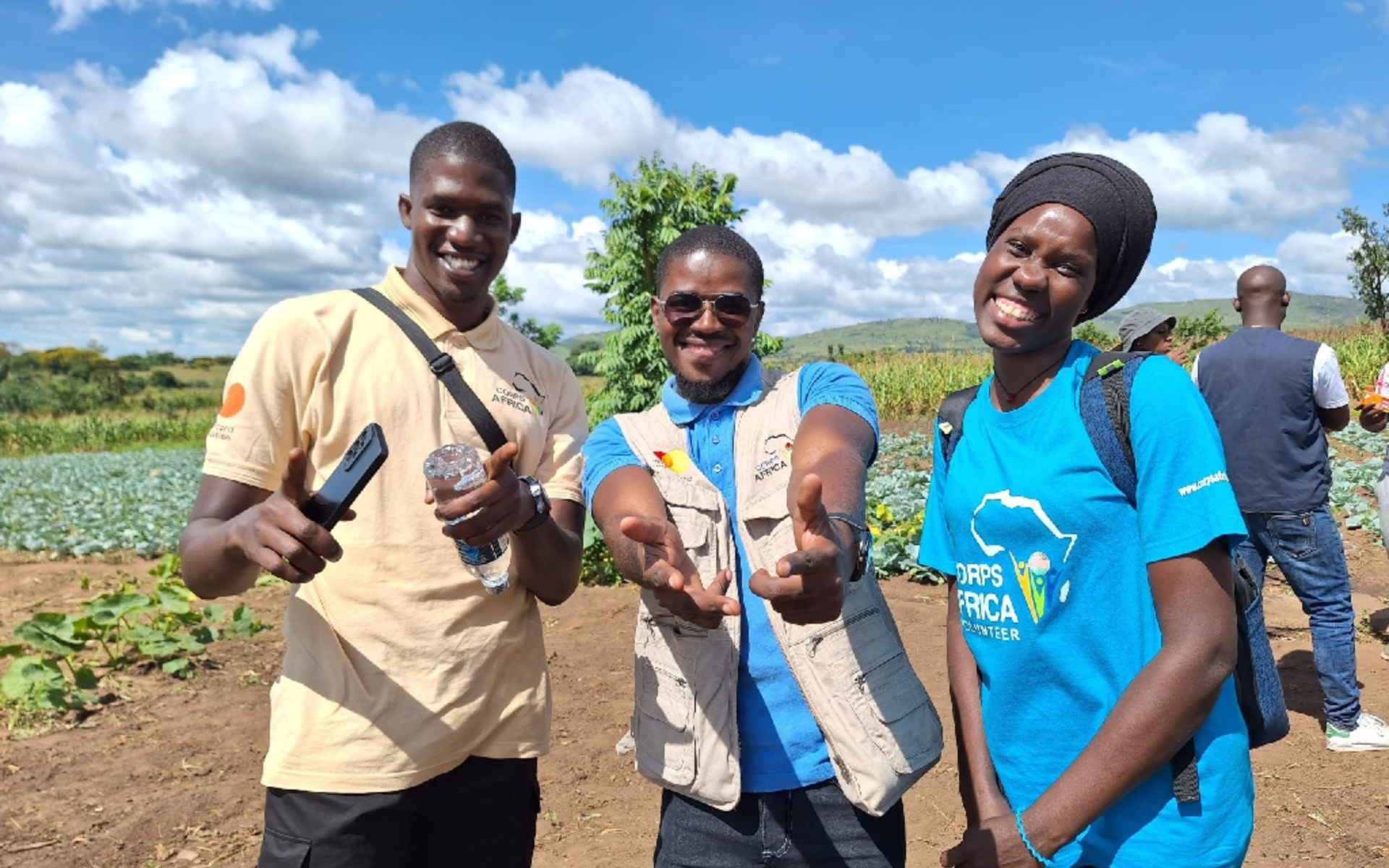Rural communities show great resilience and dynamism, enabling them to make the most of their local resources for their well-being. Take the example of a building material like clay. It is readily available and free. Most buildings are constructed from fired clay bricks. What’s more, it’s a business that creates jobs. I found it fascinating and inspiring.
The need and purchase of bricks is high in my community. Because it’s a community that’s getting bigger every year, which increases the number of buildings. However, these bricks require a lot of wood, and therefore a lot of trees. According to some brick sellers, it takes two large trees to make 4,000 bricks. For some brickmakers, 80,000 bricks require 160 small trees. This shows that building a house contributes to the disappearance of a forest. The wood needed to make these bricks is the reason why local forests are disappearing fast. As trees are climate regulators, their loss is exacerbating global warming. This destruction of the forest has also contributed to the accumulation of natural disasters such as droughts, cyclones, and floods in certain regions of the country.
In addition, bricks emit CO2, mainly during the firing process, which increases the risk of respiratory illness for brickmakers. During the manufacture of fired bricks, fire causes enormous damage to the ecological balance. Fire kills the soil micro-organisms that are essential for the decomposition of organic matter and the production of humus for plants.
But there is an alternative. Unlike wood-fired bricks, the production of ecological bricks does not destroy the ecosystem; it only requires two natural elements: shade and sun. Here at my site at Dzaleka refugee camp, some people are making them for their construction, even if the clay used is not suitable. Ecological bricks are the best alternative for preserving the environment. Their adaptation by the communities will require more awareness-raising and innovation in the manufacturing method. For example, mixing red clay with silt and a little cement to make sun-hardened bricks.

